MXB-DU Oilless Bearing SF-1 Bushing High-Temperature Resistance
Cat:Oilless Bearing
SF stands for three-layer composite, namely steel plate layer, copper powder layer and plastic layer. The steel plate layer plays the role of assembly...
See DetailsSeveral machining processes are commonly used to achieve the required tolerances for graphite sliding bearings. These processes are chosen based on factors such as the complexity of the bearing design, the desired surface finish, and the level of precision needed. Here are some of the most common machining processes:
Milling:Milling involves removing material from a workpiece using rotary cutters. It can be performed on vertical or horizontal milling machines.Milling is used to create features such as grooves, slots, and flat surfaces on graphite sliding bearings.Versatile, suitable for various geometries, and can achieve tight tolerances.Graphite dust generated during milling requires proper ventilation and dust control measures to prevent health hazards and machine contamination.
Turning:Turning involves rotating a workpiece against a stationary cutting tool to remove material and create cylindrical shapes.
Application: Turning is used to create cylindrical bearing surfaces and achieve concentricity.High precision, fast cycle times, and excellent surface finish.Tool wear and heat generation should be managed to prevent surface defects on graphite.
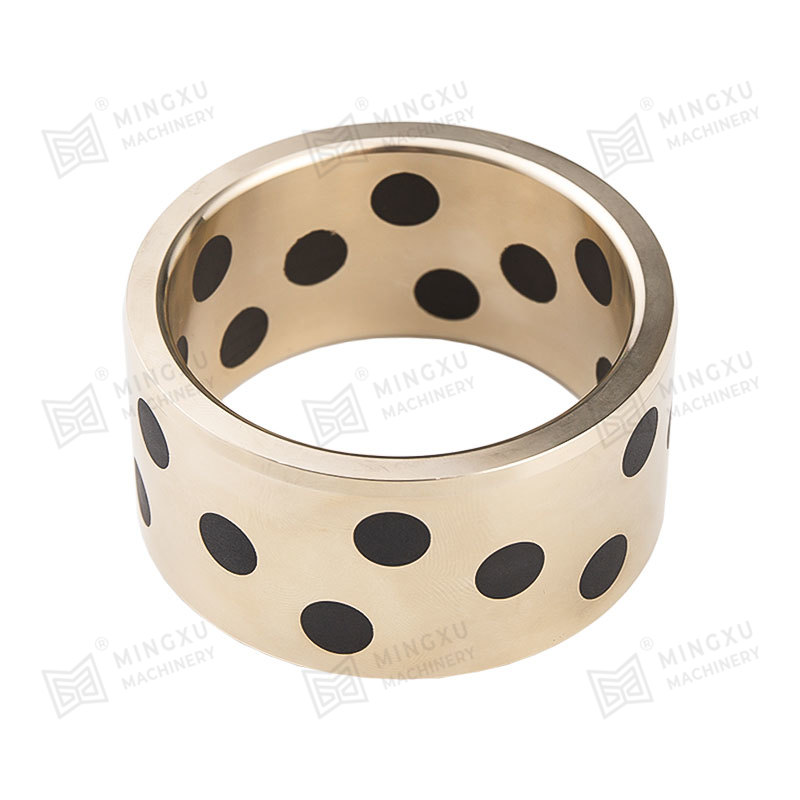
Grinding:Grinding uses abrasive wheels to remove material and achieve precise dimensions and surface finish.Grinding is used for finishing operations to achieve tight tolerances and smooth surface texture on graphite sliding bearings.Excellent precision, surface finish, and dimensional control.Graphite is abrasive and can cause rapid wear on grinding tools, necessitating frequent tool changes and proper dust control.
Drilling:Drilling creates round holes in a workpiece using rotary cutting tools.Drilling is used to create holes for mounting or assembly purposes in graphite sliding bearings.ast and efficient for creating simple holes with accurate dimensions.Graphite dust management is crucial to prevent contamination and maintain machining accuracy.
Electrical Discharge Machining (EDM):EDM uses electrical discharges to erode material from a workpiece, producing intricate shapes with high precision.EDM is used for intricate features or profiles on graphite sliding bearings where conventional machining methods are impractical.Capable of producing complex shapes with high precision and without mechanical force.EDM is slower than traditional machining methods and may require multiple passes for achieving desired dimensions.
These machining processes can be used individually or in combination to achieve the required tolerances and surface finishes for graphite sliding bearings, depending on the specific requirements of the application and the capabilities of the machining equipment available. Proper tool selection, machining parameters, and process control are essential for achieving consistent quality and dimensional accuracy in graphite bearing production.

SF stands for three-layer composite, namely steel plate layer, copper powder layer and plastic layer. The steel plate layer plays the role of assembly...
See Details
MXB-DX boundary oil-free bearings, equivalent to SF-2 self-lubricating or dry plain bearings, which is based on steel plate, sintered spherical bronze...
See Details
FB090 bronze bearings are made of tin bronze alloy CuSn8. The surface can be rolled with diamond or hemispherical oil holes and oil grooves according ...
See Details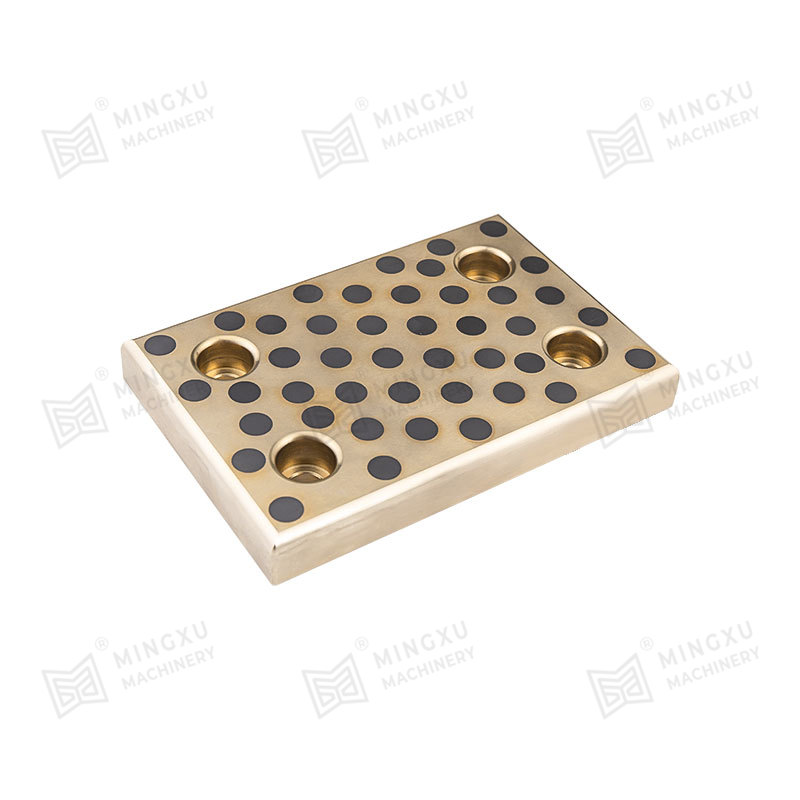
MXB-JESW slide plates are 2-hole and 4-hole wear-resistant heavy-duty slide plates. They are standardized products and compatible with many brands, su...
See Details
Mining machinery and equipment are very easy to wear during use. In order to extend the service life of the equipment, Mingxu Machinery recommends tha...
See Details
MXB-JOML self-lubricating wear plates are designed to minimize friction and extend service life in industrial applications. The product is made from a...
See Details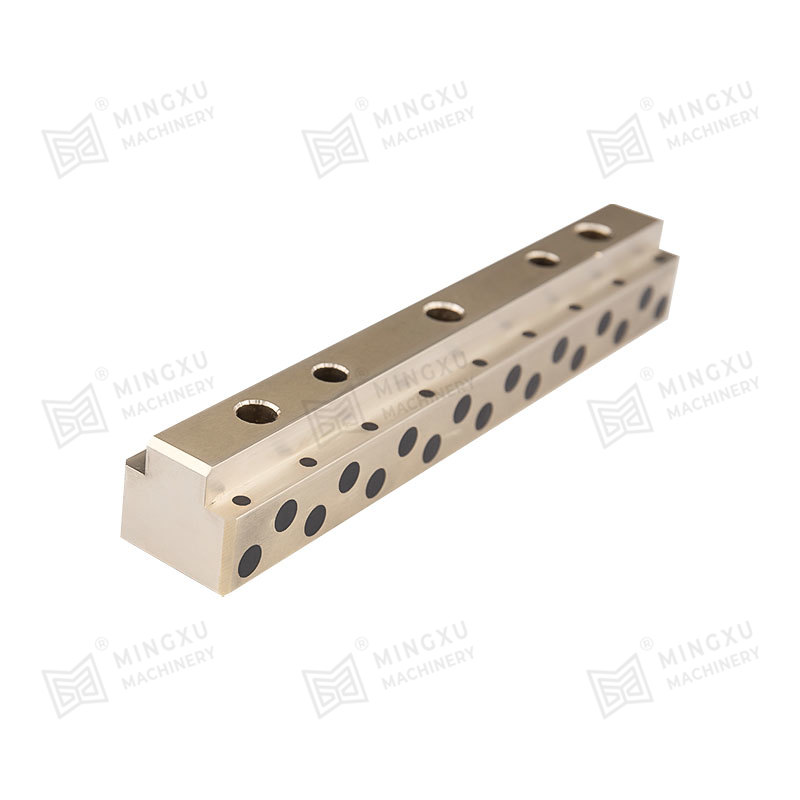
MXB-JTGLW self-lubricating guide rails provide resistance and reduce friction, ensuring extended durability and enhanced performance. This product pro...
See Details
MJGBF oil-free injection guide bushings are components used in the plastic injection molding process to further improve manufacturing efficiency by en...
See Details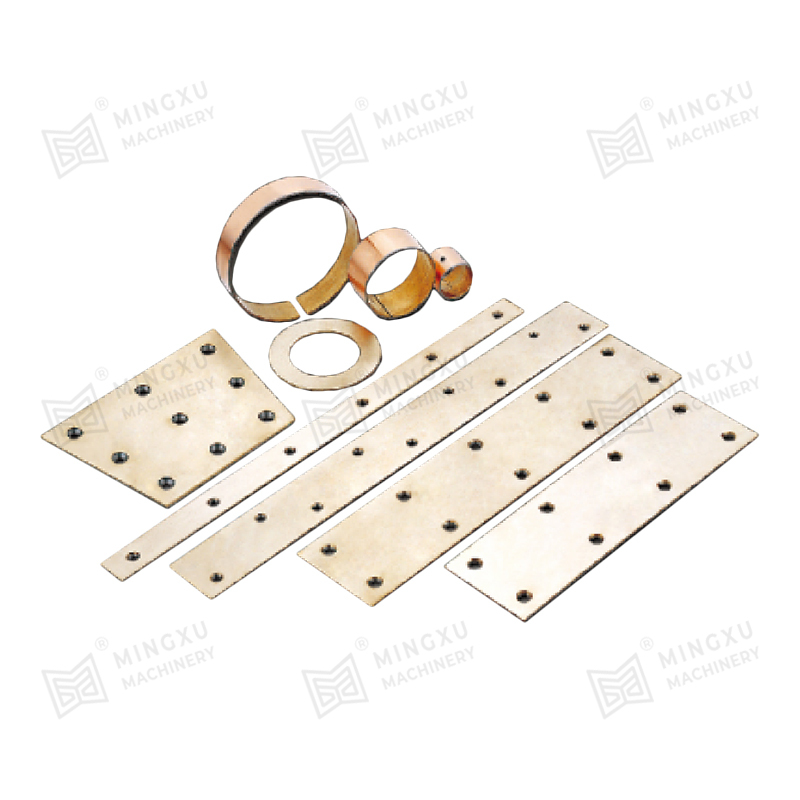
MX2000-1 graphite embedded alloy bearing, MX2000-1 graphite scattered alloy bearing is an improved product of JF800 bimetallic bearing. It has the pre...
See Details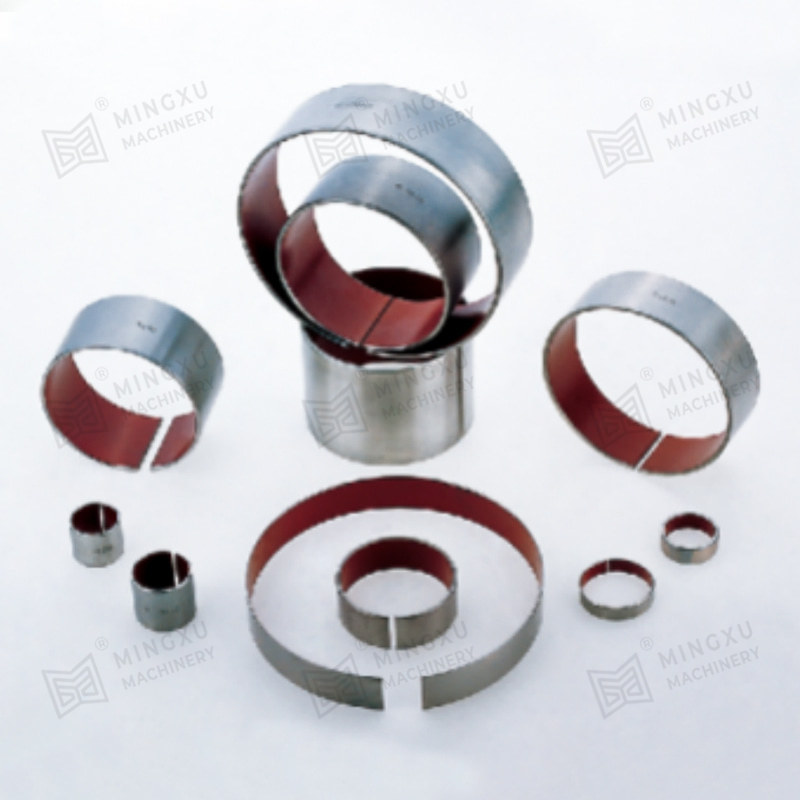
SF-1S stainless steel corrosion-resistant bearing is a very effective corrosion-resistant material that is formed by rolling with stainless steel as t...
See Details
Contact Us